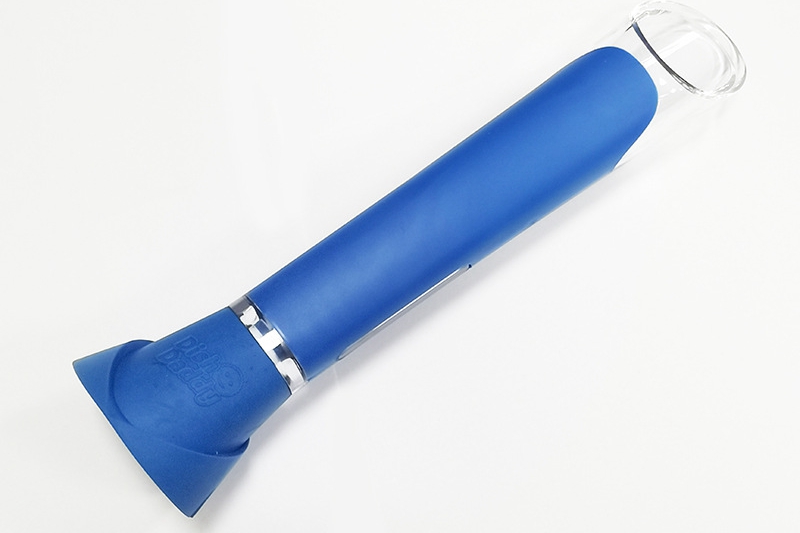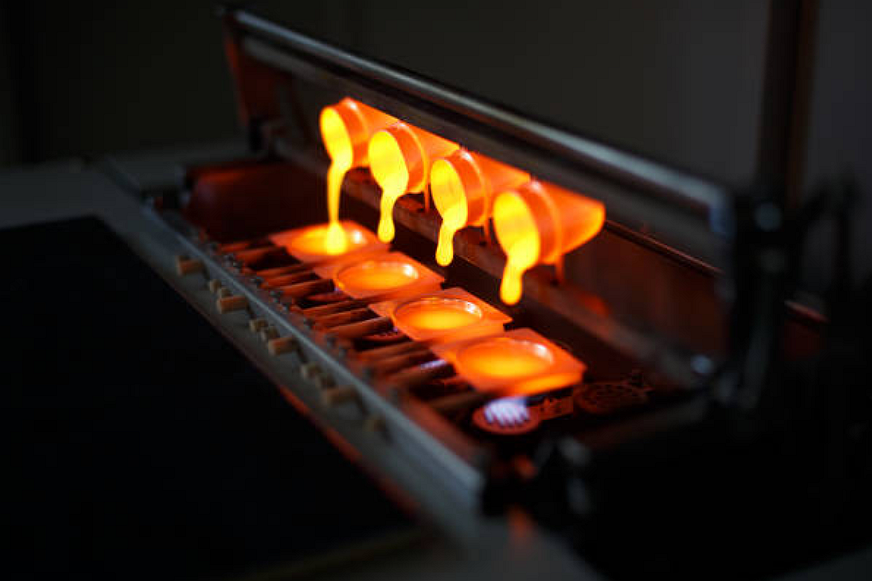How to match structural components with the right lightweight materials?
Selecting the right lightweight material for structural components requires aligning mechanical performance with functions such as load distribution, crash absorption, vibration damping, and thermal stability. In industries such as automotive, aerospace, and e-mobility, the effective matching of lightweight materials depends on three key factors: component category, load-case requirements, and manufacturing feasibility. When these are co-optimized, weight reductions of 20–50% are often achievable without compromising structural safety.
Classifying Structural Components
Structural components can be divided into three groups: primary load-bearing, semi-structural, and non-structural support elements. Primary load-bearing components require crash resistance and high fatigue strength; these are typically well-suited for high-strength aluminum alloys, such as A356 or A380, via aluminum die casting. In contrast, housings, covers, and brackets often serve semi-structural roles and may transition to engineered plastics such as PC-PBT or nylon using injection molding to achieve major weight savings.
Balancing Strength, Weight, and Stiffness
High-working stress regions, such as seat structures and locking mechanisms, require strong materials like MIM-4140 or MIM 17-4 PH, produced via metal injection molding, to reduce section mass while maintaining strength. For thermal stability or fatigue resistance, magnesium alloys or nickel-based alloys via precision casting provide a lightweight alternative to steel in high-performance applications such as aerospace brackets and battery mounts.
For prototype validation of topology-optimized components, Inconel 718, aluminum, or engineering polymers can be tested through 3D printing prototyping before final material selection.
Material Selection Guidelines
Define load-case requirements, including crash, torsion, vibration, and thermal exposure.
Match primary load components with high-strength metals such as A356 or carbon steel depending on stiffness and safety factors.
Select plastics using injection molding for low-stress parts where mass is a priority, optimizing attachment points and ribs to control deformation.
Use CNC machining prototyping or rapid molding prototyping to validate lightweight designs prior to production.
Apply coatings such as anodizing or sandblasting to protect lightweight metals and maintain structural strength across their service life.
Manufacturing Process Alignment
Choosing the correct manufacturing process is just as important as the material itself. gravity casting and sand casting serve larger structural components, whereas MIM and CIM enable miniaturized high-strength elements. For field durability, reinforcing thin-walled components with heat treatment or electropolishing ensures that strength is maintained even with reduced mass.



